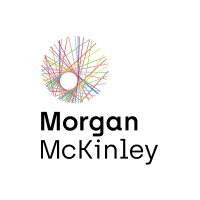The Power of Influence, Singapore

Change has been a huge topic over the past few years across a range of industries.
From small to large businesses, companies have had to review how they conduct business on every level to ensure that they are more efficient and of course, more profitable.
With so much change happening across so many industries and involving so many professionals, how do you influence important changes? How do you push decision making?
Priscilla Sedgwick, Senior Consultant on our Change and Project Management team in Singapore, decided to host an entire event around this very issue. Priscilla summarises the event below.
This week I hosted our very first Change Management event here in Singapore attended by 30 Change Professionals from various walks of life and industry. Our speaker, Anne Ponton (Global Head of Business Process Management and Regional Head of Projects at Newedge) facilitated the conversation around using emotions to drive decision making and how that relates to Change Leaders.
Studies show that some of us think using the left side of our brain and some of us think using the right side; the “fast” versus the “lazy”, the “quick to react” versus the “thinker”. The trick is to realise which side you use and then to follow a structured decision making process each time you approach a problem. Change Leaders are put in the position of decision making constantly, sometimes within time and financial deadlines and the art of making an informed and structured decision can certainly be difficult.
What this means when influencing others, was certainly a topic of heated debate when it came to the subject of strategy and power to guide your stakeholders. Anne spoke about numerous methods to provoke emotions and almost drive your stakeholders to their own conclusion cleverly masked as your own. No magic dust needed only the pure power of persuasion and ingenuity.
Anne proposed a simple methodology to this:
- Define the problem in your stakeholder’s own language.
- Explain the root causes of the problem in your stakeholder’s language.
- Propose options to address the root causes.
Explain the pros and cons of each option, but let your stakeholder make his/her own decision.
In conclusion the idea is to be aware of your brain and it's power to drive your emotions and thinking, then control that by using a straight forward structure. Adapt this process to guide your stakeholders to their comfort zones and let them decide.
I would welcome further comments on this subject and any other ideas you would like to discuss for the next Change Event which will take place at the end of January 2014.
- Nov 15, 2013
- Careers , Culture






